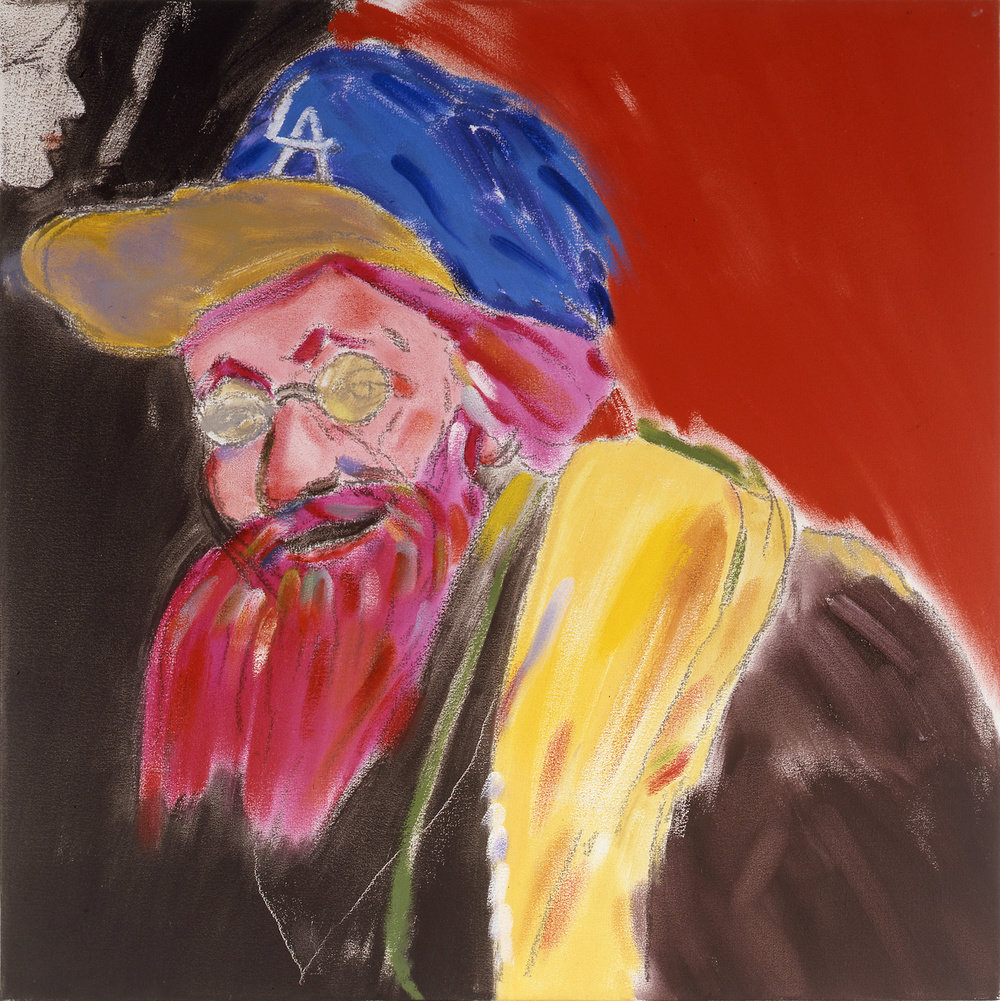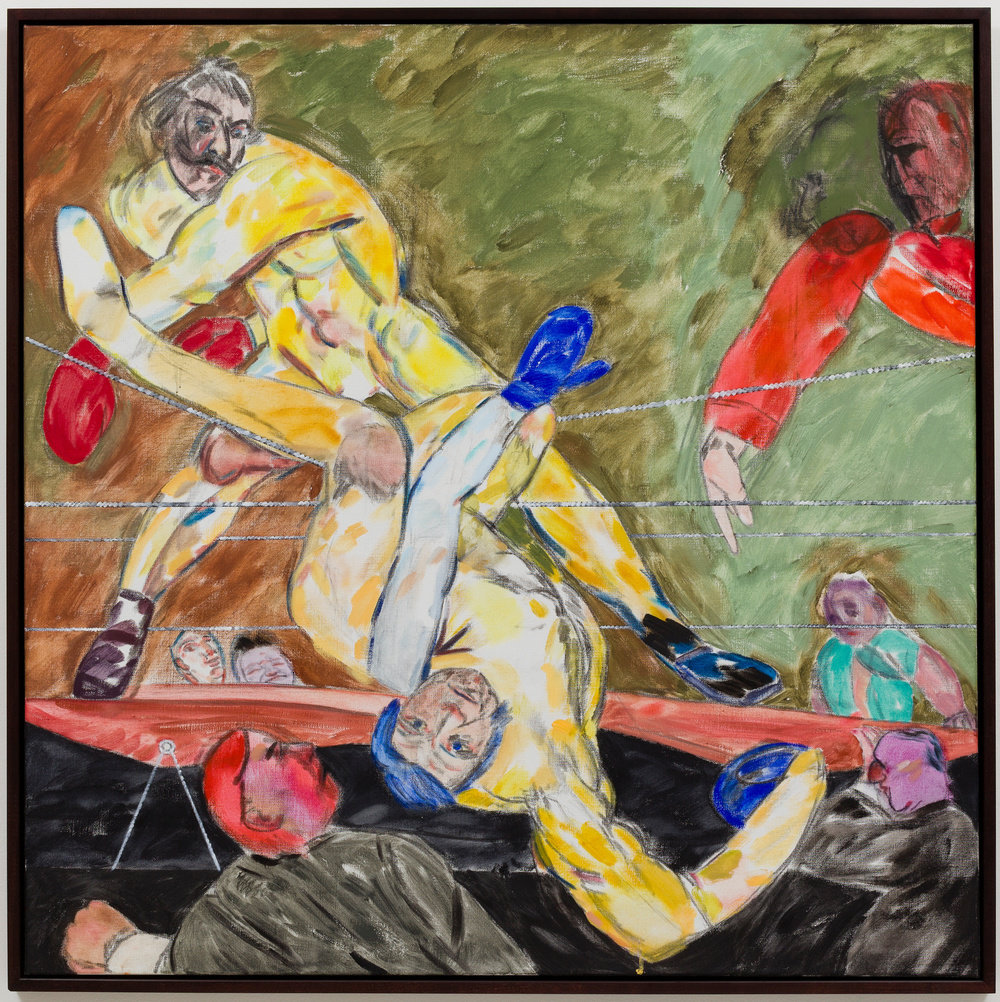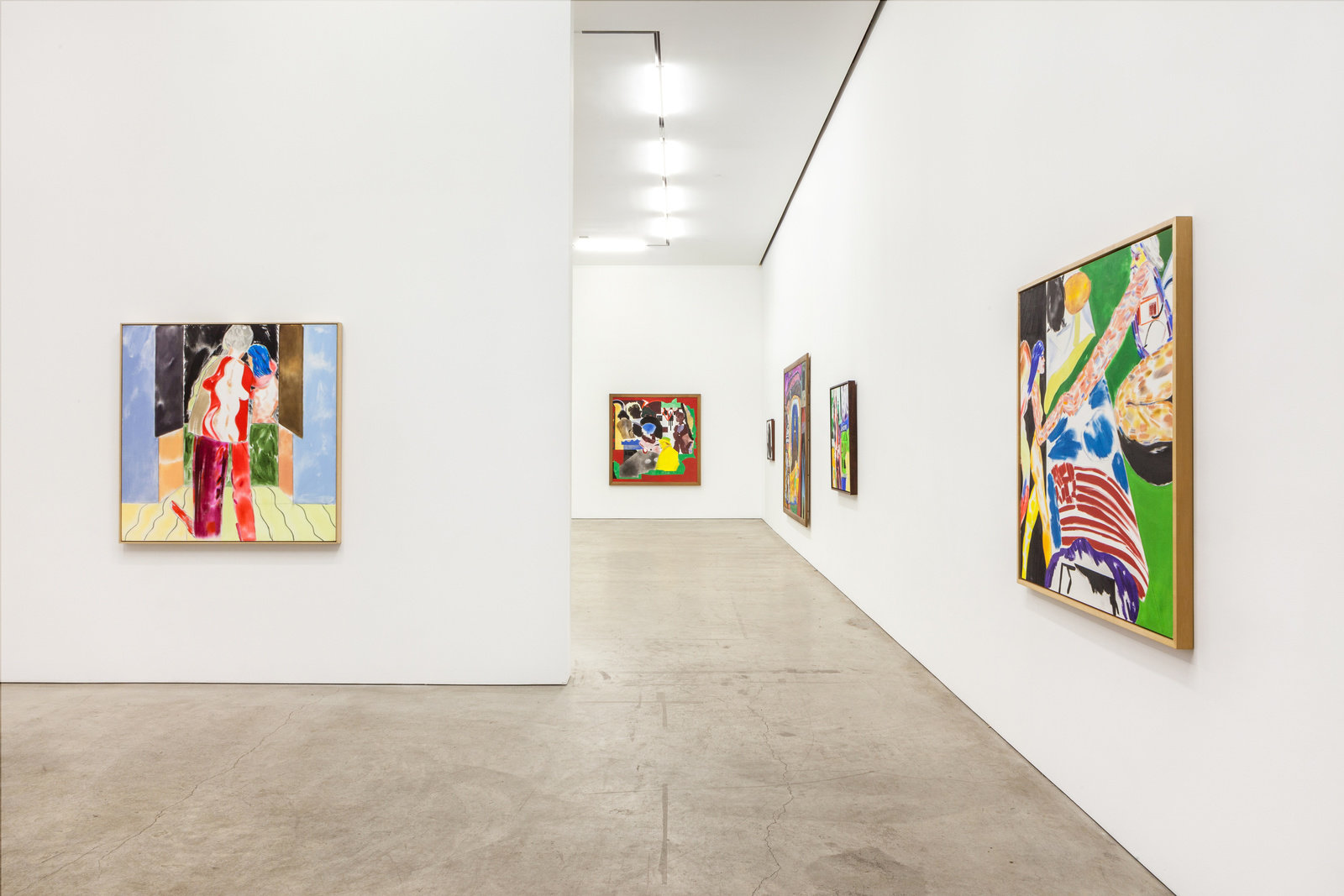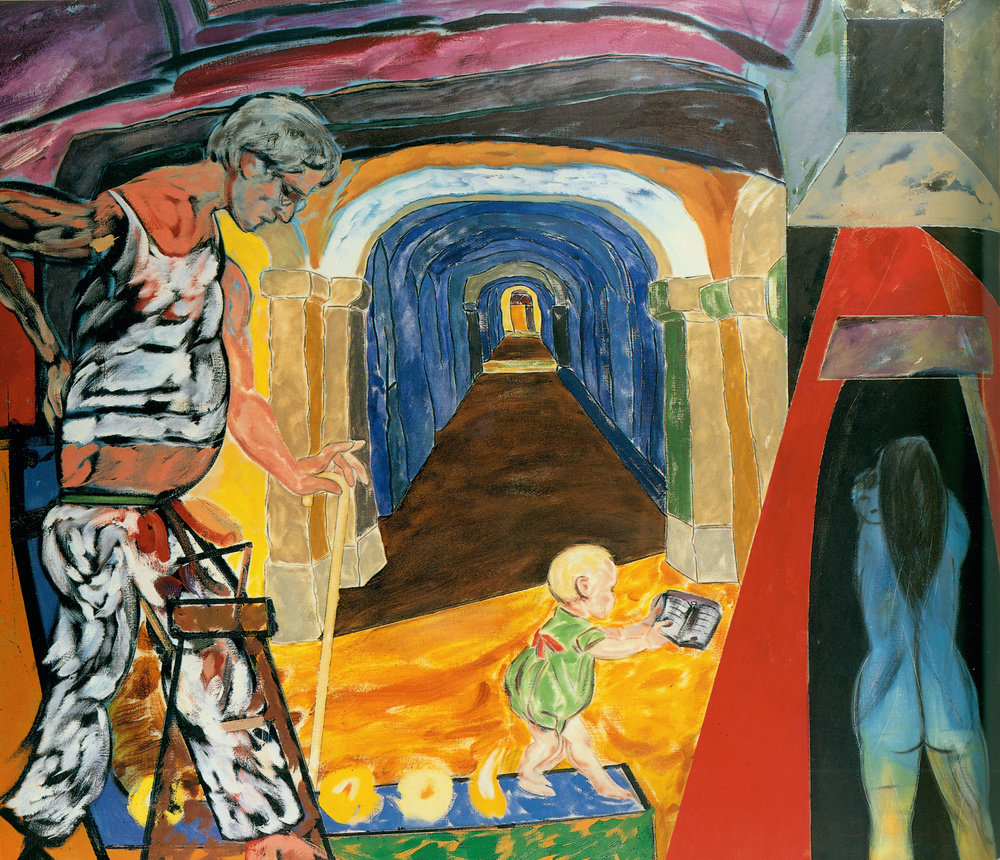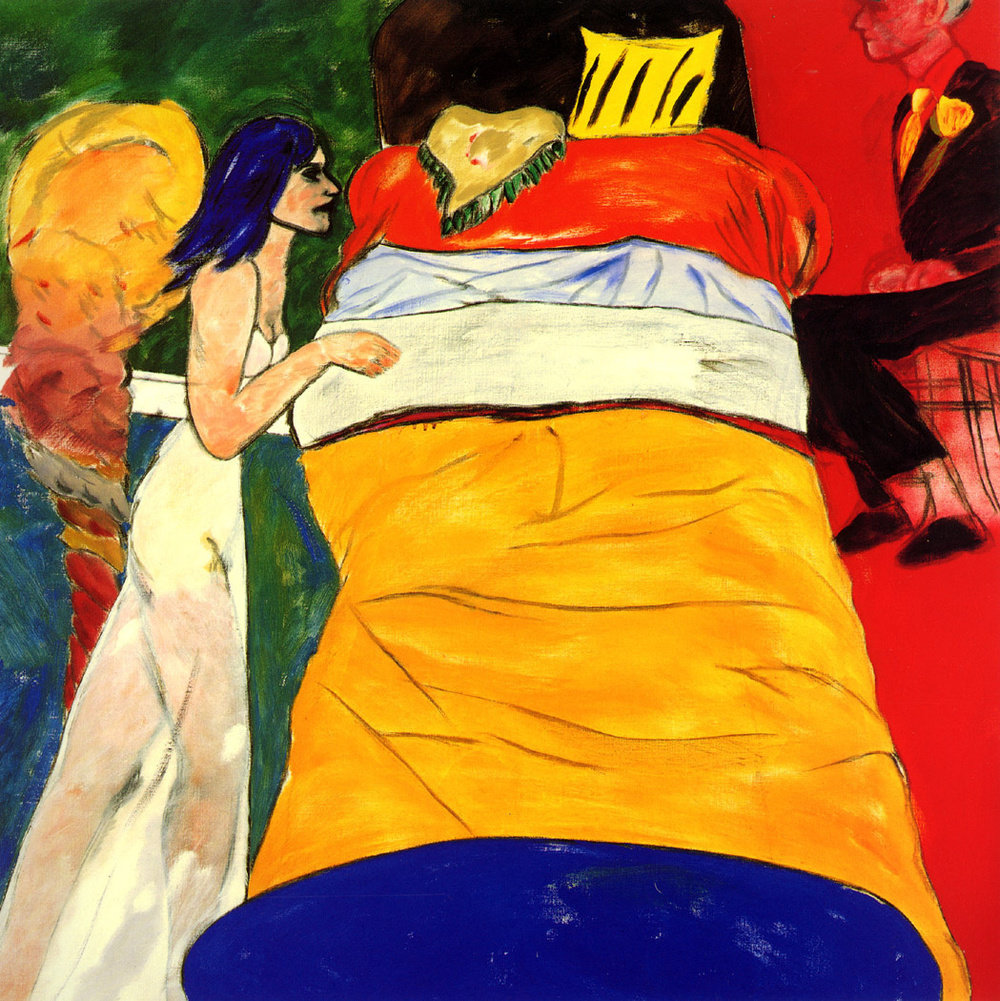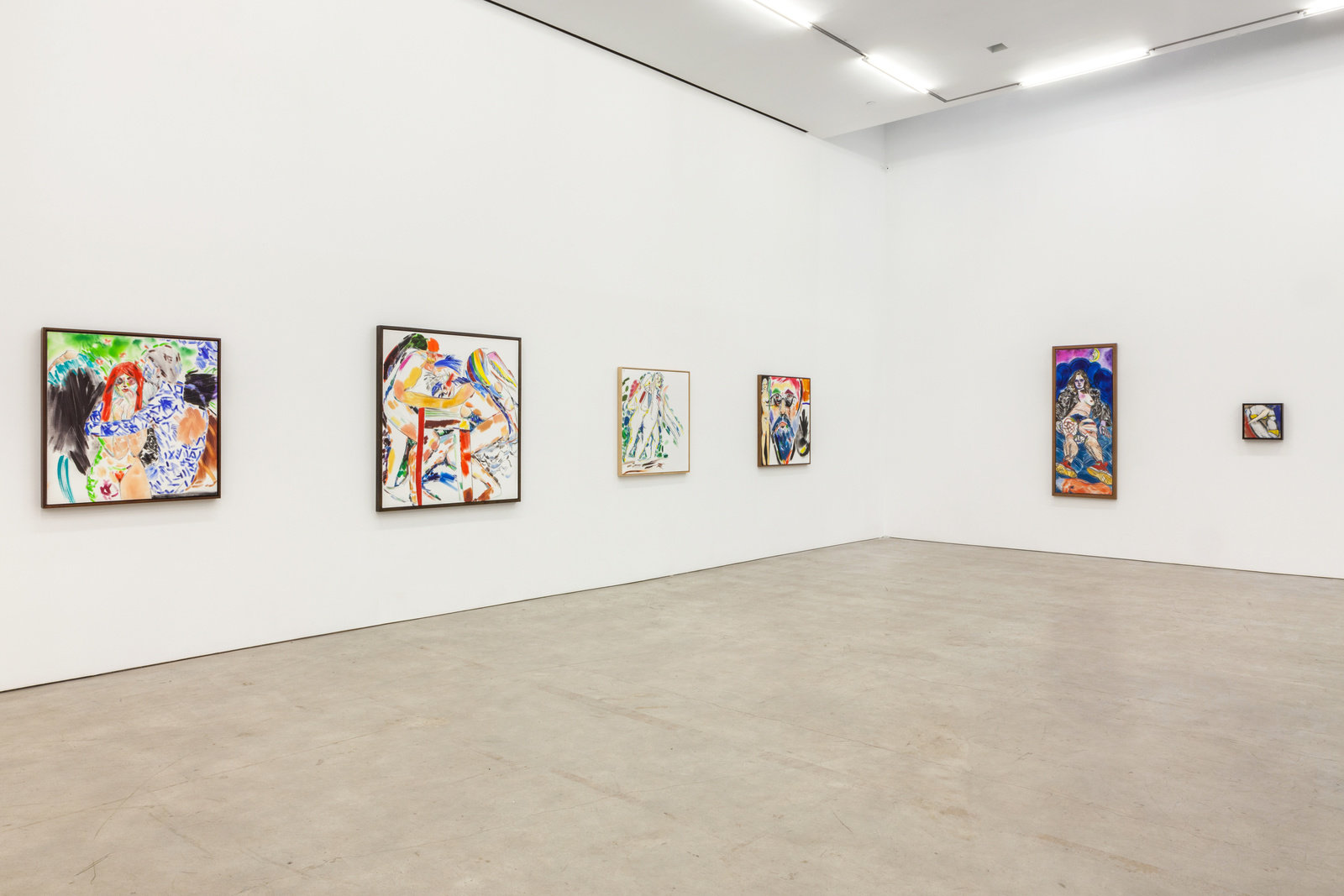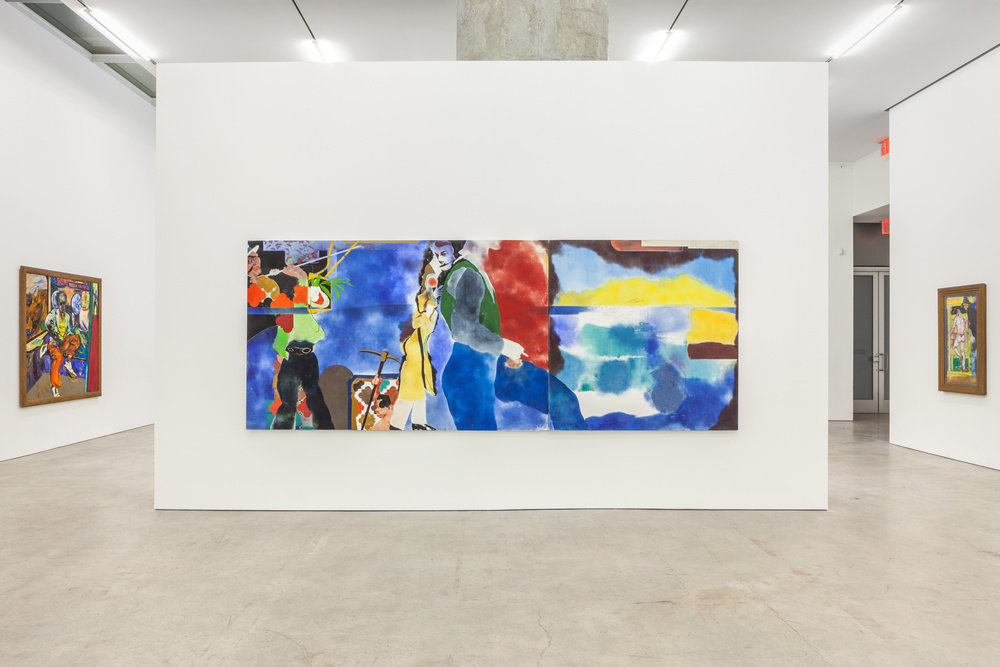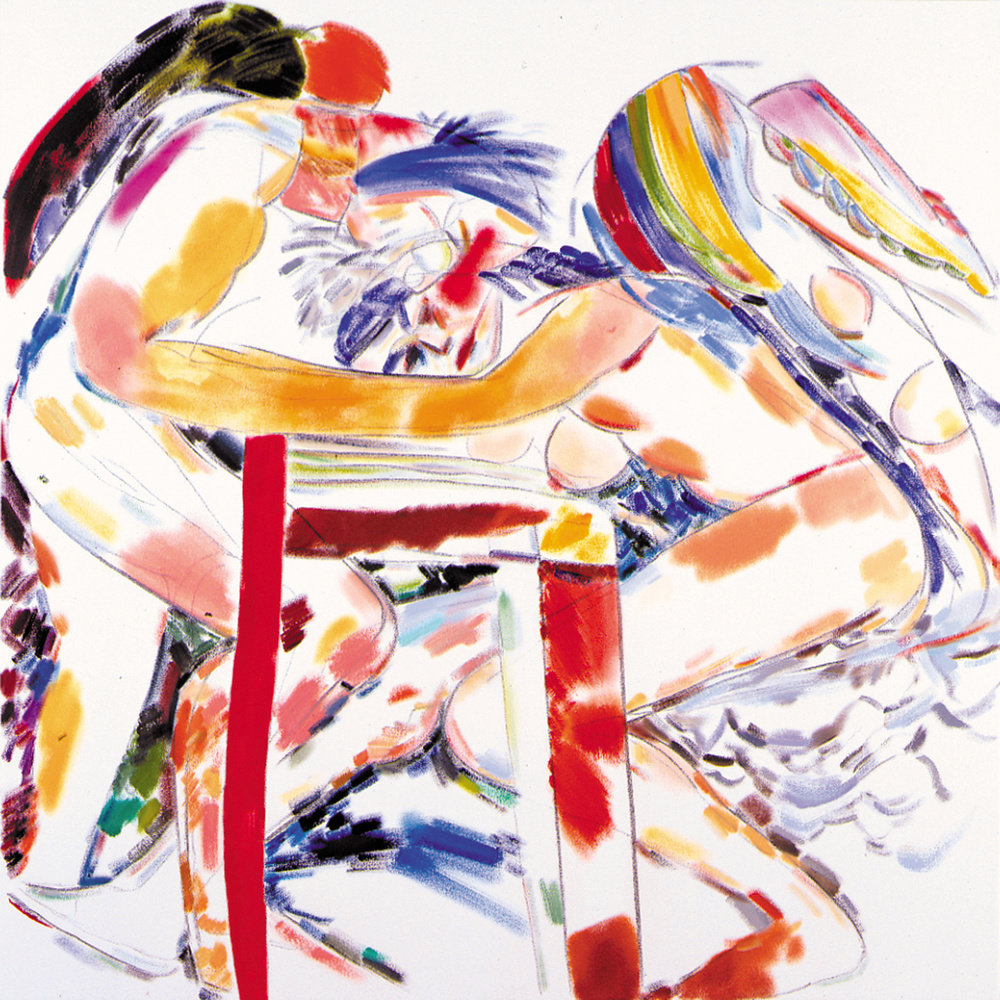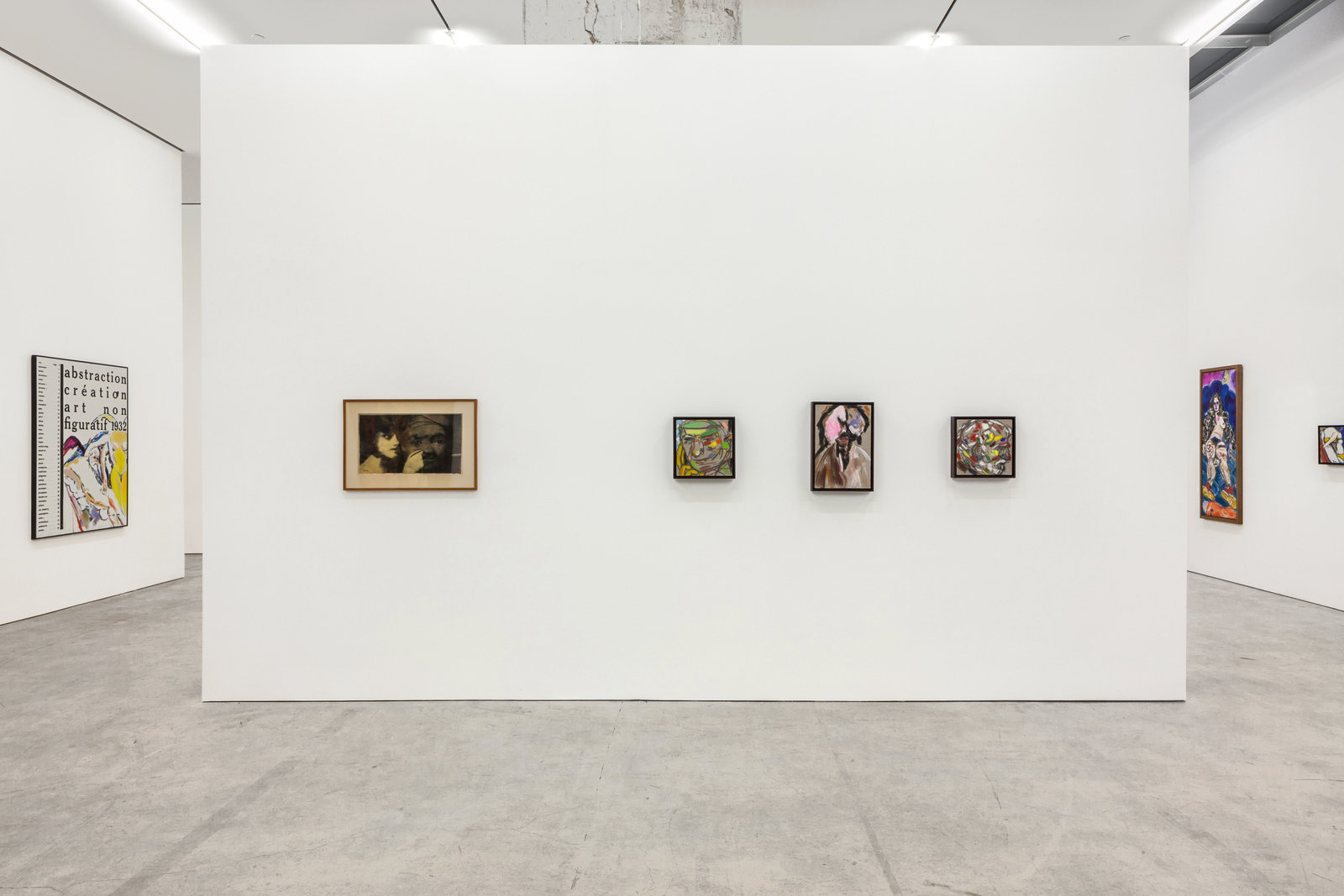Marlborough is pleased to present R.B. Kitaj: The Exile at Home curated, by Barry Schwabsky. R.B. Kitaj (1932-2007) was one of the most prominent painters of his time, particularly in England where the American artist spent some four decades spanning the late 1950s through the late 1990s.
Part of an extraordinary cohort who emerged from the Royal College of Art circa 1960, which included Peter Blake, Patrick Caulfield, and David Hockney, Kitaj was immediately pegged as one of its leading figures. The London Times greeted his first solo show in 1963 as a long-awaited and galvanizing event: “Mr. R.B. Kitaj’s first exhibition, now that it has at last taken place, puts the whole ‘new wave’ of figurative painting in this country during the last two or three years into perspective.” In 1976, KItaj curated the exhibition The Human Clay, and in the essay he wrote for it he proposed the existence of a “School of London”—a label which stuck to a group of painters that includes Francis Bacon, Frank Auerbach, Lucian Freud, Leon Kossoff, Michael Andrews, and Kitaj himself. Kitaj “constructed in my head,” as he admitted, hoping that it might “become even more real,” a context in which his willfully contrarian art could make perfect sense. Later, his concept of “diasporism”—an art “enacted under peculiar historical and personal freedoms, stresses, dislocation, rupture and momentum” by one who “lives and paints in two or more societies at once”— gave more specific meaning to the sense of unease that had always been a part of Kitaj’s work.
Today, with a new wave of figurative painting responding to new “freedoms, stresses, dislocation, rupture and momentum” in societies that are increasingly hybrid (and face increasingly violent responses to this hybridity), Kitaj’s art is more relevant than ever. This exhibition draws on works from all phases of the artist’s career—from an already impressively mature and challenging painting from the late 1950s to several pieces made in 2007, the year of Kitaj’s death—to show that his passionate engagement with literary and artistic traditions (Cézanne and Matisse, Kafka and Walter Benjamin) as well as his own personal quest to interpret and mythologize his identity and destiny. In his work there is a singular vision of a modernity in which displacement and difference are paramount—in which the only way to be at home is to imagine oneself in permanent exile. The exhibition is accompanied by a fully-illustrated catalogue with essays by Schwabsky and contemporary painter Keith Mayerson.
Barry Schwabsky is art critic for The Nation and co-editor of international reviews for Artforum. His recent books are collections of essays: The Perpetual Guest: Art in the Unfinished Present, 2016, and Words for Art: Criticism, History, Theory, Practice, 2013 and of poetry Trembling Hand Equilibrium, 2015.
Works
